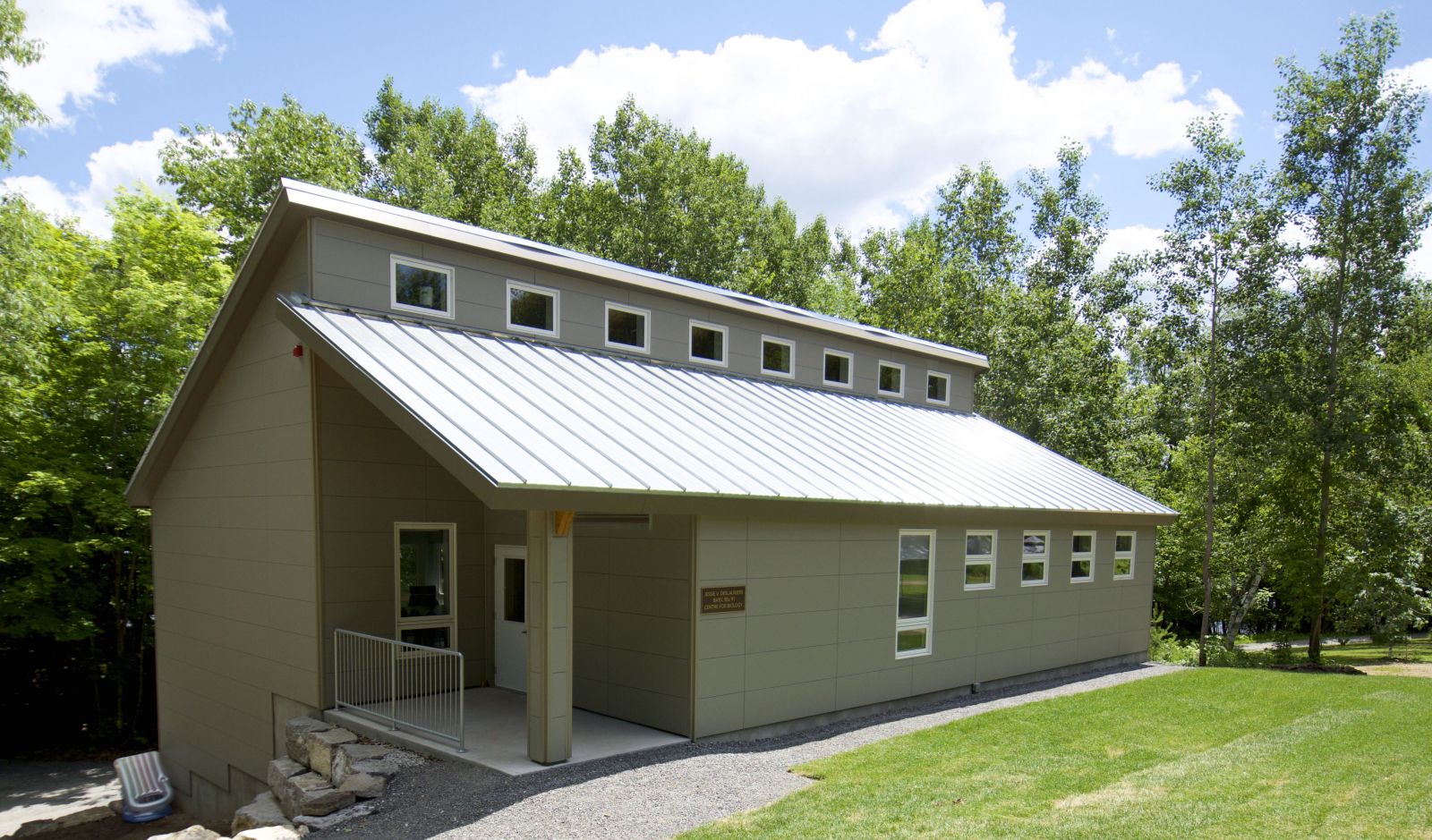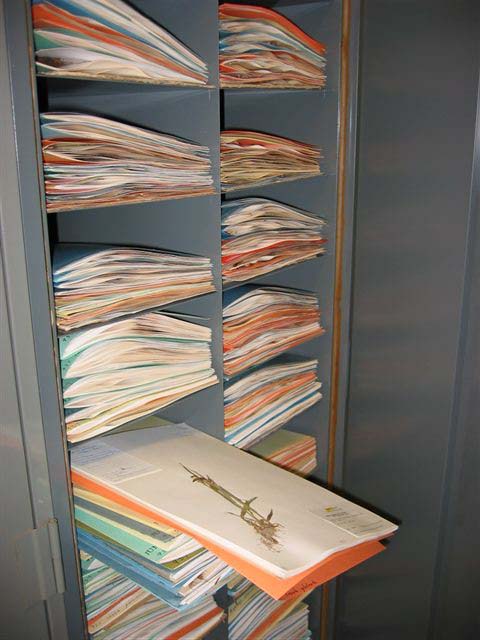About the Herbarium
 The Fowler Herbarium collection, now housed in the Jessie V. Deslauriers Centre for Biology, includes over 140,000 plant specimens with some dating back to the mid-1800s. The Kingston region is particularly well-represented, but the herbarium also contains excellent collections of bryophytes (mosses and lichens) and vascular plants from the Canadian Arctic and Russia. The purpose of the Fowler Herbarium is to catalogue the biodiversity of plants in the Kingston region and make this information available to interested individuals and institutions. The herbarium maintains an electronic database and has published the Plants of the Kingston Region (1996), which is available for a small fee. Visits to the herbarium can be arranged by contacting the Associate Curator. The herbarium also sponsors workshops on plant ecology and identification, which are open to the general public.
The Fowler Herbarium collection, now housed in the Jessie V. Deslauriers Centre for Biology, includes over 140,000 plant specimens with some dating back to the mid-1800s. The Kingston region is particularly well-represented, but the herbarium also contains excellent collections of bryophytes (mosses and lichens) and vascular plants from the Canadian Arctic and Russia. The purpose of the Fowler Herbarium is to catalogue the biodiversity of plants in the Kingston region and make this information available to interested individuals and institutions. The herbarium maintains an electronic database and has published the Plants of the Kingston Region (1996), which is available for a small fee. Visits to the herbarium can be arranged by contacting the Associate Curator. The herbarium also sponsors workshops on plant ecology and identification, which are open to the general public.
What is a herbarium? A herbarium is a taxonomically organized collection of pressed and dried plant specimens. Each specimen is identified to species (and often subspecies) and annotated with information about where and when it was obtained and who collected it. In a typical herbarium, local plants are especially well-represented, however, most herbaria also contain a range of species from around the world. Many herbaria are connected with a library of books on plant taxonomy and systematics, systematic monographs, regional floras, and technical publications of interest to herbarium users. Individual herbaria in universities or government institutions make up a connected network in which information and specimens are freely exchanged.

What is a herbarium used for? The three main purposes of a herbarium are research, teaching and education. For example, researchers and students often use herbaria reference collections to confirm the identity of unusual or rare plants (field guides typically show only a fraction of the actual diversity of plants in a region!). The reference collection is also useful for conservation purposes as species diversity from different areas or habitats can be compared. Many herbaria also contain specimens collected over many decades or even centuries! As such, the herbarium documents not only current patterns of plant diversity, but also how those patterns may have changed over time. This kind of information is essential for describing pre-settlement landscapes so that we can better understand the effects of recent human activities on plant community structure. Our increasing ability to extract DNA from old plant tissues will also allow us to use herbarium specimens for molecular genetics, biotechnology and phylogenetics.
Who uses a herbarium? Scientists, students, government technicians and environmental consultants use the plant reference collection in studies involving environmental impact, plant ecology, botany, evolution, systematics and paleobotany. You can browse this website, arrange loans of books and specimens from the herbarium, search our online specimen databases, discover the history of plant collection at Queen's University, find out about herbarium events and publications, or travel to other botanical websites.